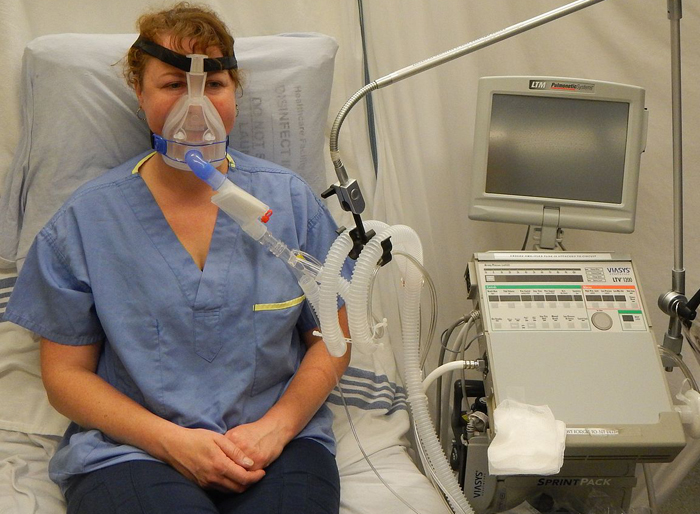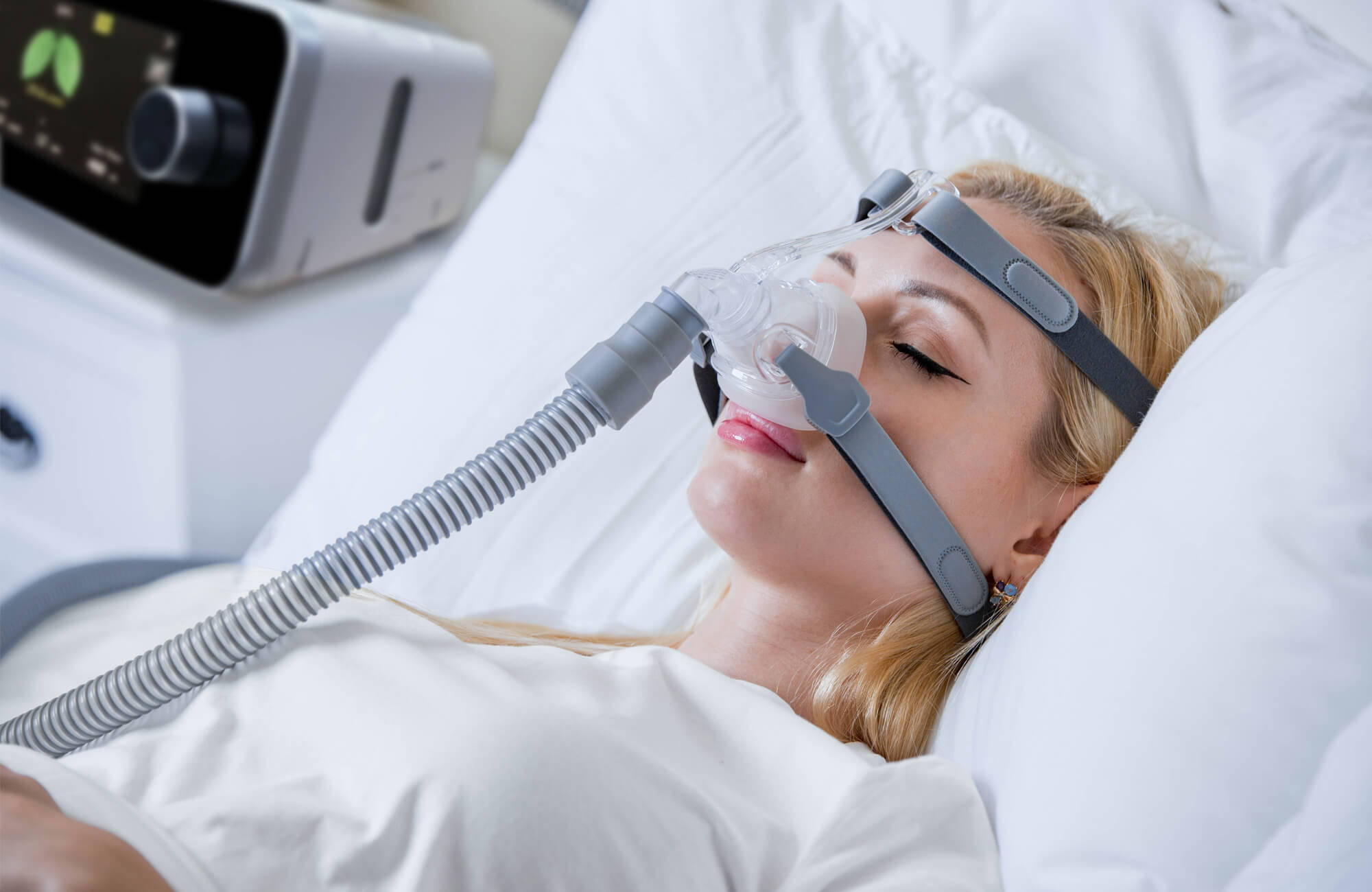Necessary Tips for Picking a BiPAP Rental Service
Necessary Tips for Picking a BiPAP Rental Service
Blog Article
Bipap vs. CPAP: Which Is the Ideal for Your Sleep Disorder?
When browsing the complexities of sleep conditions, the choice in between BiPAP and CPAP therapy is a vital factor to consider. While CPAP provides a stable airflow appropriate for obstructive rest apnea, BiPAP's double pressure setups might boost comfort for those with more detailed respiratory issues.
Understanding Rest Disorders
Sleep conditions incorporate a series of problems that disrupt typical rest patterns, influencing both the quality and duration of remainder. These problems can materialize in numerous types, including sleeping disorders, sleep apnea, narcolepsy, restless leg disorder, and parasomnias. Each condition provides one-of-a-kind difficulties, usually causing significant daytime exhaustion, cognitive disability, and psychological disruptions.
Sleeping disorders is identified by problem falling or remaining asleep, while sleep apnea includes repeated disturbances in breathing throughout rest, commonly leading to fragmented rest. Narcolepsy, on the other hand, is noted by extreme daytime drowsiness and unexpected sleep attacks. Restless leg syndrome triggers uneasy sensations in the legs, motivating an unmanageable urge to relocate them, which can also impede the capacity to fall asleep.
The impact of sleep disorders prolongs past private health, affecting total performance, connections, and quality of life. Comprehending the specific nature of each problem is important for reliable medical diagnosis and treatment. As rest health and wellness ends up being increasingly identified as a crucial element of general well-being, resolving these conditions is important for boosting both sleep quality and day-to-day functioning.
How CPAP Functions
Continual Positive Air Passage Stress (CPAP) treatment is regularly used as a key treatment for obstructive sleep apnea (OSA) The mechanism of CPAP entails using a machine that supplies a stable stream of air via a mask worn during sleep. This airflow preserves favorable stress in the respiratory tract, protecting against the collapse or obstruction of the throat that can take place throughout sleep.
When a person inhales, the CPAP maker supplies a constant circulation of air, guaranteeing that the airway stays open - BiPAP Rental. This not only alleviates the symptoms of OSA, such as snoring and interrupted sleep patterns, however also reduces the associated health and wellness risks, consisting of cardiovascular problems and daytime tiredness
The pressure setups on a CPAP equipment can be tailored to meet individual person demands, frequently identified via a rest research. In general, CPAP treatment has actually been revealed to significantly enhance the top quality of rest and general health for individuals suffering from obstructive sleep apnea.
Exactly How BiPAP Functions
BiPAP, or Bilevel Favorable Respiratory Tract Pressure, is a specialized form of non-invasive ventilation that is particularly advantageous for clients with problems such as intricate rest apnea or respiratory system disorders. Unlike CPAP, which supplies a continual stream of air at a solitary pressure, BiPAP gives two distinct pressure setups: a greater inspiratory pressure for inhalation and a reduced expiratory pressure for exhalation. This dual-pressure technique enables for much easier breathing, reducing the initiative called for during exhalation.
The device operates via a mask fitted over the nose or mouth, connected to a device that generates atmospheric pressure. When the person breathes in, the maker delivers the higher pressure to aid with air flow, ensuring that the respiratory tract stays open. Upon exhalation, the equipment automatically decreases the stress, making it much more comfy for the patient to take a breath out.

Secret Differences Between BiPAP and CPAP

On the other this link hand, BiPAP (Bilevel Positive Airway Pressure) provides 2 different stress setups: one for inhalation and a reduced one for exhalation. This dual stress system enables more comfortable breathing, particularly for individuals that struggle with exhaling against a constant pressure. BiPAP is commonly recommended for individuals with intricate sleep apnea, persistent obstructive pulmonary disease (COPD), or those that call for extra assistance during rest.
Additionally, the complexity of BiPAP tools generally leads to a greater expense and calls for much more cautious titration than CPAP. BiPAP Rental. Recognizing these key distinctions can help in acknowledging which gadget might be a lot more ideal for certain rest disorders, establishing the groundwork for enlightened treatment choices
Selecting the Right Therapy
The decision between BiPAP and CPAP treatment primarily hinges on the particular characteristics of the rest condition, the individual's total health, and their comfort with the device. CPAP, which delivers a continuous stream of air, is generally suggested for obstructive sleep apnea (OSA)
Conversely, BiPAP gives two levels of stress: one for breathing and a lower one for exhalation. This double stress system is useful for clients with complicated rest apnea or those who experience difficulty breathing out against a continual pressure. Additionally, BiPAP is commonly recommended for individuals with respiratory problems, such as persistent obstructive lung disease (COPD), where differing stress settings can enhance convenience and conformity.
Inevitably, a complete examination by a sleep professional, consisting of a rest study, can help identify which therapy aligns ideal with the person's needs. Variables such as convenience, simplicity of use, Bonuses and particular medical problems ought to also be thought about to enhance treatment end results.
Verdict
In summary, both BiPAP and CPAP serve unique objectives in the management of rest conditions. CPAP works for obstructive sleep apnea via consistent airflow, while BiPAP supplies twin pressure settings that improve convenience for those with intricate rest apnea or breathing issues. The option between these therapies need to be directed by specific demands and conditions, necessitating an extensive examination by a rest professional to ensure optimal therapy results and boosted quality of rest.

Generally, CPAP therapy has been revealed to substantially boost the high quality of rest and overall health for individuals suffering from obstructive sleep apnea.
BiPAP is often suggested for people with complex rest apnea, persistent obstructive pulmonary disease (COPD), or those that call for additional assistance during sleep.
CPAP is reliable for obstructive rest apnea with consistent airflow, while BiPAP uses dual stress setups that boost comfort for those with complicated rest apnea or breathing problems.
Report this page